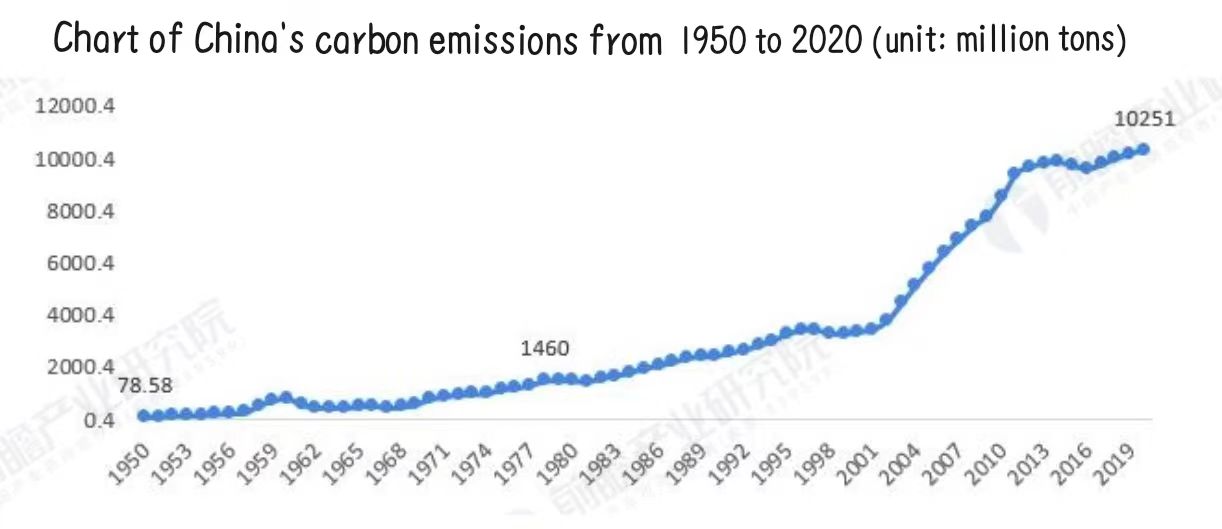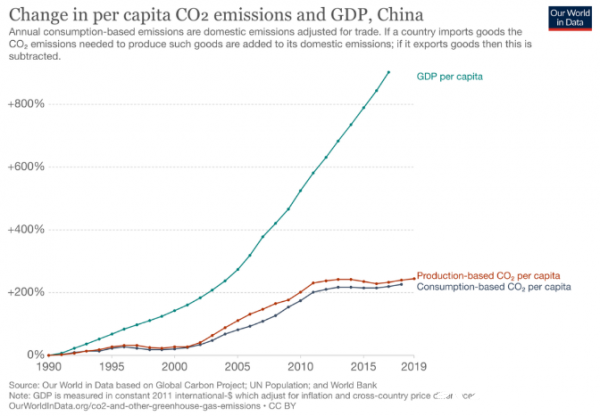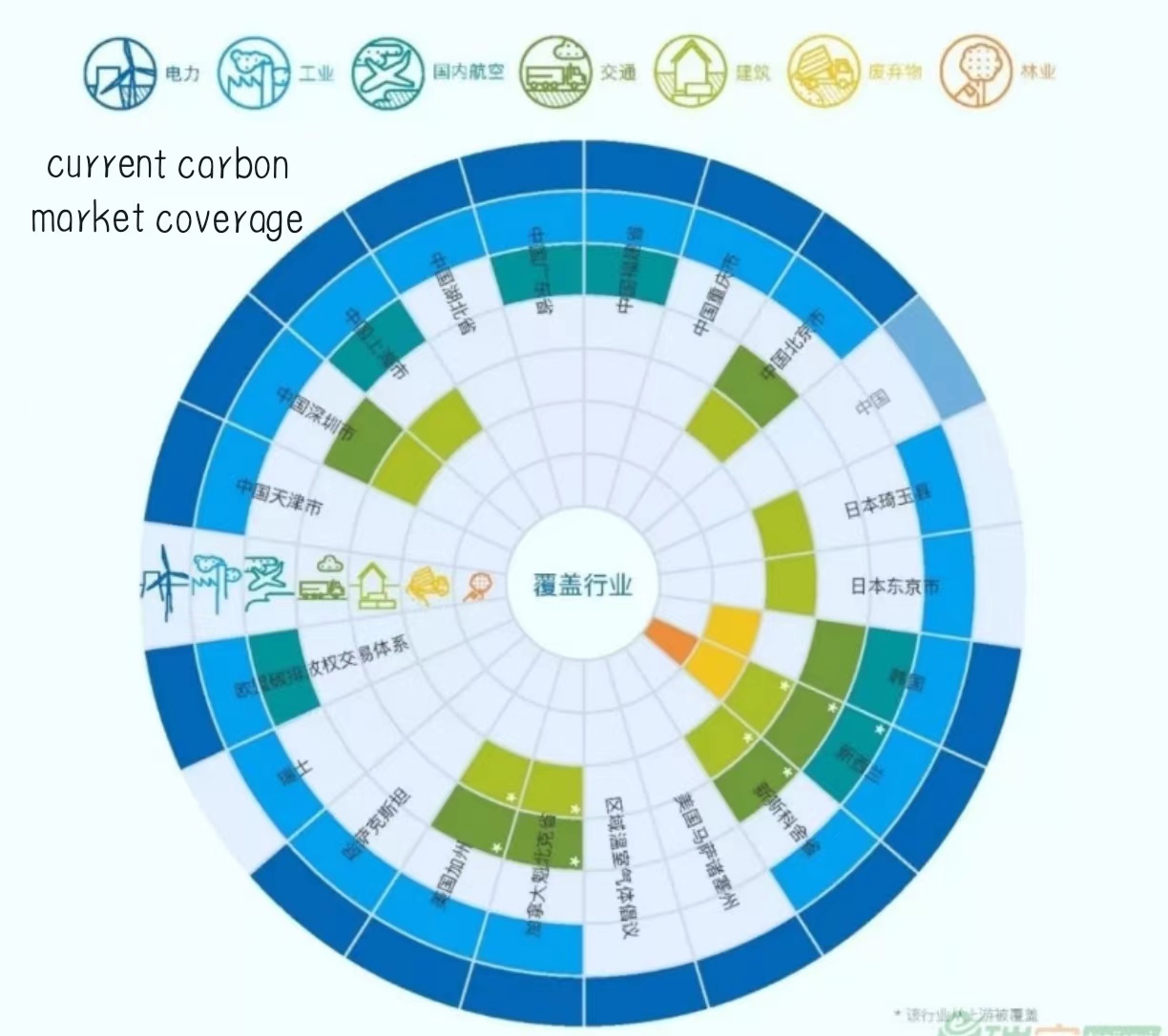Introduction
China, as the world’s largest emitter of greenhouse gases, recognizes the urgent need to tackle the global warming problem. Over the years, China has implemented a range of policies and initiatives aimed at mitigating global warming, such as setting carbon emission targets, promoting renewable energy sources, improving energy efficiency, implementing afforestation and reforestation project and so on. In addition, another notable measure that has been effective in addressing this issue is the “Carbon Trading Scheme”.

What is “Carbon Trading Scheme”?
The Carbon Trading Scheme is a market-based mechanism that allows companies to trade carbon credits, effectively putting a price on carbon emissions. Under this initiative, the Chinese government sets a cap on the total amount of carbon emissions allowed by each industry and assigns a corresponding number of emission allowances or permits. Companies that emit less than their allocated amount can sell their surplus allowances to those exceeding their limits.
How does it work?
a) Setting Emission Caps: China sets emission caps for different industries, encouraging companies to reduce their carbon footprint to stay within the limits. This motivates companies to adopt cleaner and more sustainable practices, invest in eco-friendly technologies, and promote energy efficiency.

b) Allocation of Permits: Each company is allocated a certain number of emission permits, equivalent to their allowed emissions during a particular period. These permits can be freely bought and sold on the carbon market, facilitating a transparent and efficient exchange of emission allowances.
c) Incentives for Reduction: The scheme incentivizes companies to minimize their carbon emissions by rewarding those that surpass emission reduction targets. These companies can sell their surplus permits at a profit, generating revenue for their sustainable efforts.

Impact
a) Emission Control: Through the carbon trading scheme, China can effectively control the amount of greenhouse gas emissions, encouraging the implementation of emission reduction measures and incentivizing the transformation of businesses and industries towards cleaner and low-carbon practices. This helps mitigate the pace and magnitude of global warming.
b) Technological Innovation: The implementation of the carbon trading scheme in China promotes technological innovation and resource optimization. Companies can earn additional carbon quotas by reducing their emissions, encouraging them to adopt more environmentally friendly and energy-efficient technologies and practices. This drives the development and application of low-carbon technologies and promotes the adoption of clean energy, further reducing global greenhouse gas emissions.
c) Global Contribution: By implementing the carbon trading scheme, China actively contributes to addressing global warming challenges. It supports the reduction of global greenhouse gas emissions, encourages sustainable development, and facilitates the transition to a low-carbon economy. This demonstrates China’s commitment to global climate action and helps create a conducive environment for international cooperation in addressing global warming.

Conclusion
China’s Carbon Trading Scheme is a groundbreaking policy that puts a price on carbon emissions and encourages sustainable practices in the industrial sector. This initiative has incentivized companies to reduce their carbon footprint, boost green investments, and facilitate international collaboration in tackling global warming. With its continued success, China is paving the way for other nations to adopt similar market-based mechanisms to combat climate change efficiently.
